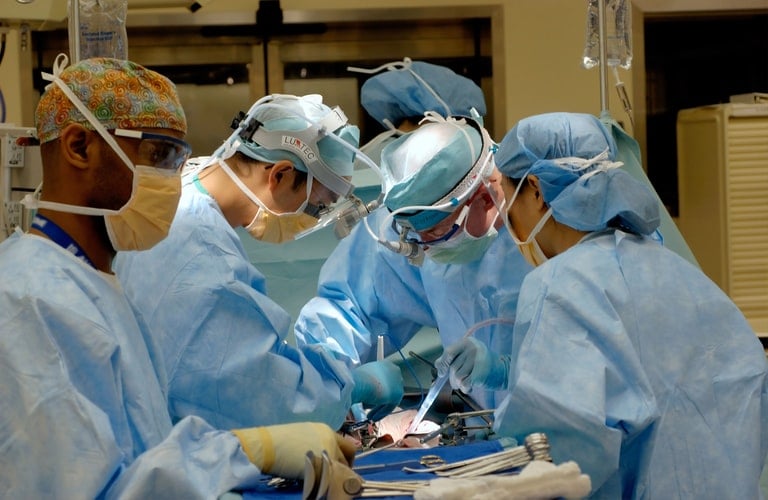A new study has demonstrated that singing could be the next-generation non-invasive approach to detecting thyroid tumors. Usually, when looking to detect tumor presence in the thyroid, a fine needle is used, but this method only detects around 5% of thyroid tumors in children and younger women.
Researchers find a non-invasive thyroid tumor detection technique
Universite de Tours, Universite Bourgogne Franche-Comte, and Centre Hospitalier Universitaire de Dijon-Bourgogne researchers have suggested a simple approach for detecting thyroid tumor through singing. The researchers demonstrated the technique in the Applied Physics Letters journal.
Steve Beuve, one of the research authors, indicated that coming up with non-invasive approaches to detecting thyroid tumors can reduce patients’ stress during medical examinations. Beuve indicated that having patients sing during an exam can help to relieve the tension even more. Normally when one sings their vibrations from the voice can create waves in the tissue around the vocal tract known as shear waves. Interestingly if there is a tumor in the thyroid, the surrounding tissues’ elasticity increases, stiffens and causes shear waves to accelerate.
The researchers used ultrasound imaging in measuring the sped of the shear waves, which helped the med determine thyroid tissue’s elasticity. The authors call the method vocal passive elastography, a passive elastography extension of the shear wave propagation tracking technique employed in seismology. Beuve said that shear wave propagation moves information regarding soft tissues’ mechanical properties.
Researchers used shear waves to determine abnormalities in thyroid
Since biological tissues’ elasticity relies on shear waves’ speed, asking a volunteer to sing and maintain an “eeee” sound at 150Hz helped the researchers characterize the thyroid and establish any abnormally stiff areas. The main advantage of vocal passive elastography is how easy and fast it is. It doesn’t require complex or specialized equipment added to the ultrasound scanner and only needs a second of data acquisition to finalize. Although the data analysis step is the longest, the team came up with a program that automatically completes the computation.
The team is also working on enhancing the user-friendliness of the computer interface and the expansion of vocal passive elastography.


